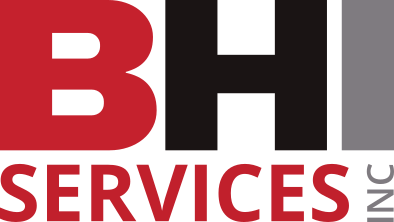Commercial property maintenance is an essential aspect of property management, but it doesn’t have to break the bank. With careful planning and strategic decision-making, property owners and managers can implement cost saving measures without compromising the quality or functionality of the property. In this blog, we will explore practical tips on how to save money on commercial property maintenance.
Prioritize Preventive Maintenance: Investing in preventive maintenance can help you avoid costly repairs and replacements down the line. Regularly inspect and maintain systems, equipment, and infrastructure to identify and address issues before they escalate. By proactively maintaining your property, you can extend the lifespan of assets, reduce downtime, and minimize emergency repair expenses.
Develop a Comprehensive Maintenance Plan: Create a well-defined maintenance plan that outlines all necessary tasks, schedules, and resources. A structured plan enables you to allocate resources efficiently, ensuring that maintenance activities are carried out in a timely manner. By adhering to a plan, you can avoid reactive and more expensive maintenance approaches.
Prioritize Energy Efficiency: Implement energy-efficient measures to reduce utility costs. Upgrade lighting systems to energy-efficient LED bulbs, install programmable thermostats, and optimize HVAC settings. Proper insulation, sealing air leaks, and using energy-efficient appliances can significantly reduce energy consumption and lower utility bills.
Optimize Vendor Relationships: Establish strong relationships with trusted vendors and service providers. Cultivate long-term partnerships and negotiate favorable pricing for recurring maintenance tasks or contracted services. Consolidate services with a single provider when possible to benefit from volume discounts and streamline coordination.
Use Technology and Automation: Leverage technology and automation to streamline maintenance processes and reduce manual labor costs. Implement property management software to track maintenance schedules, streamline communication, and automate routine tasks. Utilize smart devices and sensors for monitoring energy usage, detecting leaks, or managing security systems more efficiently.
DIY for Minor Maintenance Tasks: Train your in-house staff to handle minor maintenance tasks that don’t require specialized expertise. This can include basic repairs, landscaping, or janitorial services. By reducing reliance on external contractors for small jobs, you can save on labor costs. However, ensure that tasks are within their capabilities and adhere to safety guidelines.
Regularly Review Vendor Contracts: Periodically review contracts with vendors and service providers to ensure you are getting the best value for your money. Compare pricing, services offered, and contract terms with other providers to identify potential cost-saving opportunities. Renegotiate contracts when necessary to secure more favorable terms.
Embrace Sustainable Practices: Implement sustainable practices to reduce costs and promote environmental responsibility. Use eco-friendly materials, install low-flow plumbing fixtures, and adopt recycling programs. Sustainable practices often result in long-term cost savings through reduced waste, lower water usage, and improved energy efficiency.
Conclusion: Saving money on commercial property maintenance requires a strategic approach and proactive measures. By prioritizing preventive maintenance, developing a comprehensive plan, optimizing energy efficiency, cultivating vendor relationships, leveraging technology, utilizing in-house resources for minor tasks, reviewing vendor contracts, and embracing sustainable practices, property owners and managers can achieve significant cost savings without compromising property quality. These cost-saving measures contribute to the financial success and long-term sustainability of commercial properties.

